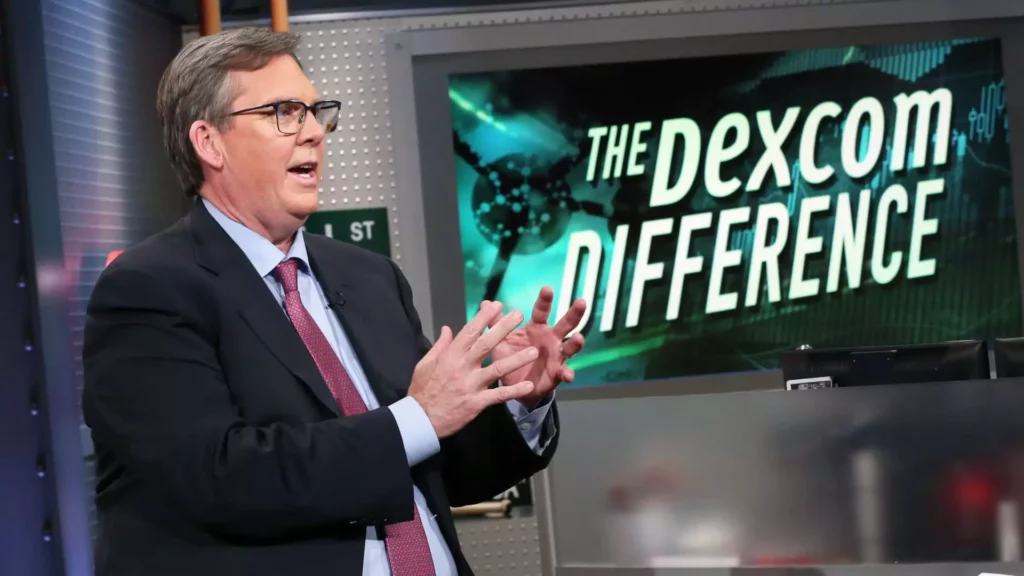The recent earnings report from Dexcom has sparked a wave of concern among investors, highlighted by a 9% drop in its stock price during after-hours trading. Despite the company beating analyst expectations for earnings per share (EPS) and overall revenue, a notable decline in U.S. revenue has raised red flags. This dichotomy between muted growth and declining U.S. performance may have prompted investors to reassess their confidence in Dexcom’s strategic direction in the competitive diabetes management market.
For the third quarter, Dexcom reported an adjusted earnings per share of 45 cents, surpassing LSEG’s forecast of 43 cents and confirming the company’s ability to maintain profitability. Additionally, total revenue reached $994 million, edging out analyst expectations of $990 million. However, year-over-year revenue growth was marginal, increasing by only 2% from $975 million last year. A significant concern, however, is the 2% decline in U.S. revenue, which dropped to $713.6 million compared to the previous year’s figure. This pattern suggests that while Dexcom has managed to achieve positive overall revenue growth, its core U.S. market is facing headwinds that investors should closely monitor.
CEO Kevin Sayer identified several hurdles contributing to Dexcom’s performance, including a restructured sales team and a slower-than-anticipated customer acquisition rate. The insights from the earnings call reveal the company was slow to respond to the changing dynamics of the market, resulting in fewer new customers and lower revenue per user than initially forecasted. These operational setbacks can be concerning as they may indicate deeper issues within the company’s sales strategy and consumer engagement practices.
Recently, the launch of Dexcom’s over-the-counter product, Stelo, intended for adults not requiring insulin, may represent a strategic pivot to capture market segments previously underserved. This innovation could serve as a catalyst for future growth, particularly if marketed effectively. However, the immediate implications of such a shift should be treated with caution, pending actual uptake and sales performance in subsequent quarters.
In light of the current financial landscape, Dexcom has maintained its full-year revenue guidance of $4 billion to $4.05 billion. This stability arrives after a prior downward revision from an initial expectation range of $4.20 billion to $4.35 billion, which ignited a severe drop in stock value post-second-quarter results. The company’s ability to meet this revised guidance will greatly influence investor sentiment moving forward.
Additionally, the impending retirement of Teri Lawver, the chief commercial officer, adds another layer of uncertainty at a crucial time. As Sayer takes on the additional responsibility of leading the commercial organization during the transition, the effectiveness of his leadership and the velocity of strategic adaptations will likely determine Dexcom’s trajectory in the coming quarters.
While Dexcom overperformed on certain financial metrics this quarter, the decline in U.S. revenue, ongoing operational challenges, and leadership changes suggest investors remain cautious. The company’s future success will depend significantly on its responses to these hurdles and its ability to innovate and expand within the diabetes management space.

